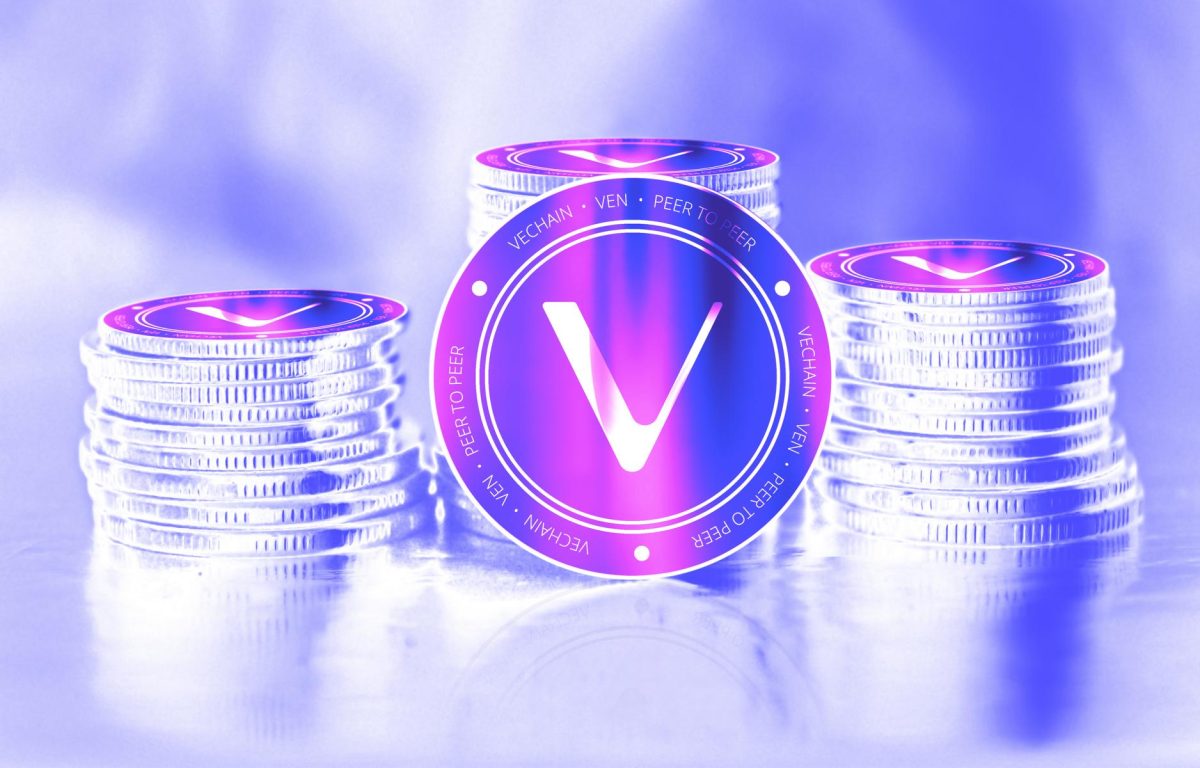- VeChain announces the approval of its Carbon Trading Patent application by the U.S. federal agency Patent and Trademark Office (USPTO).
- As part of the application, VeChain explained the need to offset the global warming challenges through the implementation of carbon emission technology.
The effort of VeChain Global Technology (VET) towards environmental efficiency grabbed the spotlight after VeChainThor achieved a remarkably low carbon footprint of 4.46 t CO2e/year in 2022. This represents 0.000216 kWh of electricity per transaction, underscoring its relentless campaign and unparalleled eco-friendly approach.
A year before this remarkable achievement, VeChain petitioned for a patent with the U.S. federal agency Patent and Trademark Office (USPTO) to register methods, devices, blockchain nodes and a system for carbon recording and trading. Three years after this famous application, the USPTO has finally given the green light according to a post shared on its official X handle.
The path to greatness is filled with hard work, determination, and groundbreaking innovation. At #VeChain, we pride ourselves on having all three in abundance. From carbon markets to supply chains to energy systems, blockchain is going to disrupt everything. The future = $VET.
According to the document attached to the application to USPTO, VeChain explained that greenhouse gases have been the main cause of global warming, hence the need for the proposed method to implement carbon emission technology. As explained, the mechanism has been designed to attempt to provide a trustworthy and tamper-proof multipurpose platform to enable enterprises to store their carbon emission data. Interestingly, this method would drastically reduce “confusion�?in carbon records without the intervention of third parties.
With the solutions of the present disclosure, safe and credible recording of the carbon data may be achieved. Furthermore, according to some aspects of the present disclosure, safe and credible implementing and recording of the carbon trading may be achieved.
How the Patent Solves Carbon Emission Challenges
A CNF review of VeChain’s official document disclosed that the method to obtain data related to carbon behaviour on different objects exists as one of the approaches of the patent. After the data collection, it will then be converted into corresponding carbon data. Later, the information would be stored in a blockchain-based platform for subsequent trading as a transaction.
A typical example is the provision of data on the amount of electrical energy consumed by an electric vehicle which has a unique ID. As explained in the document, this data could be compared to the one produced by combustion engine vehicles to determine a “baseline carbon emission amount�?(BE). Considering that a smart contract is running on the blockchain platform, the owner of the vehicle would be incentivized to maintain its BE below average to receive a credit linked to the unique ID.
The carbon credit and the unique ID to the blockchain as a blockchain transaction; receiving, at the blockchain node, a request for a transaction to purchase a good or service with the carbon credit; and executing, with at least one smart contract, a blockchain transaction according to the request.
Also, the carbon emission value would be attached as a Hashed value by performing a Hash operation for onward transmission to the blockchain and safe storage.
At press time, VET was trading at $0.034 after declining by 3.6% in the last 24 hours, 18% in the last 30 days, and 20% in the last 90 days.


